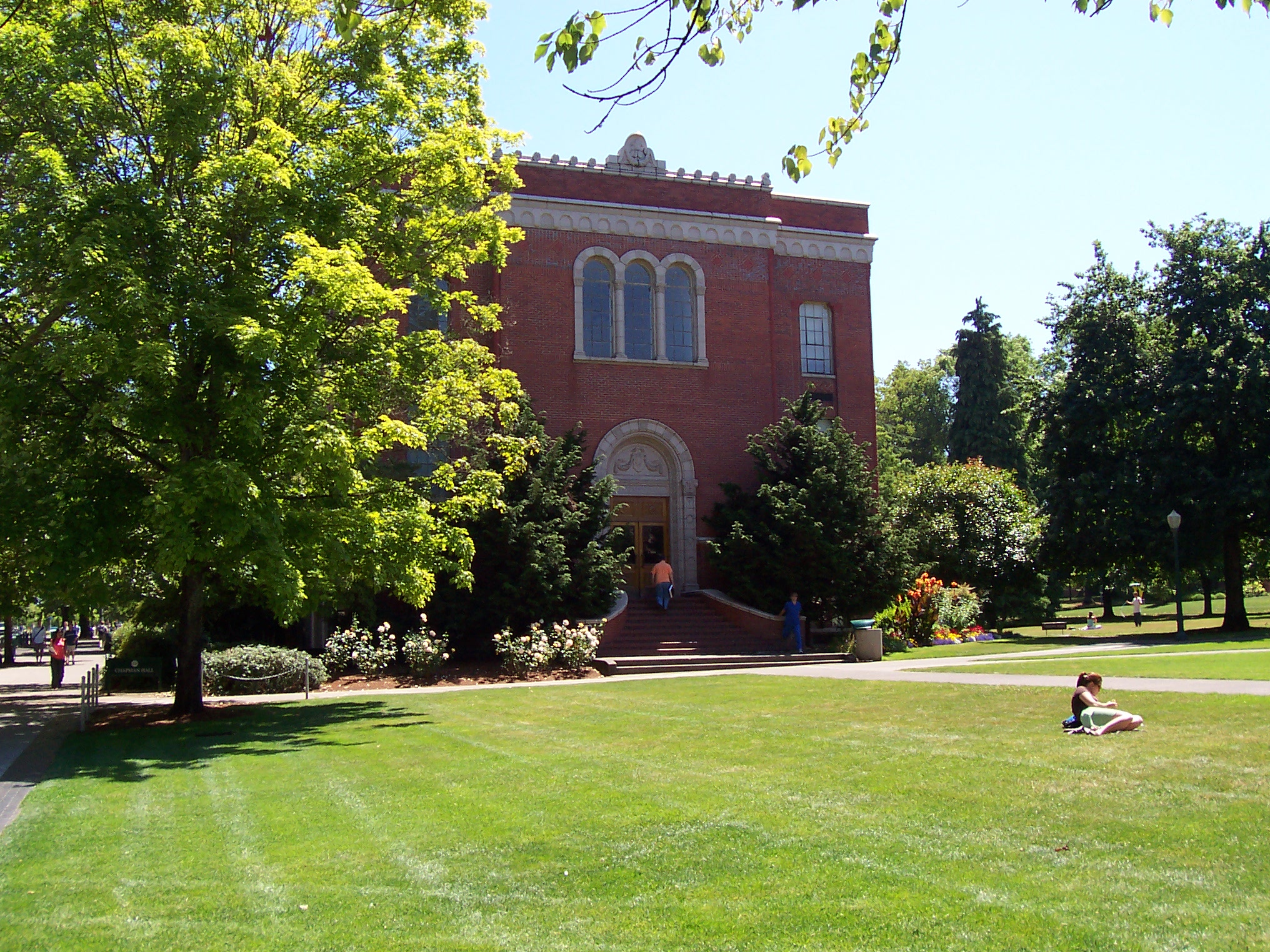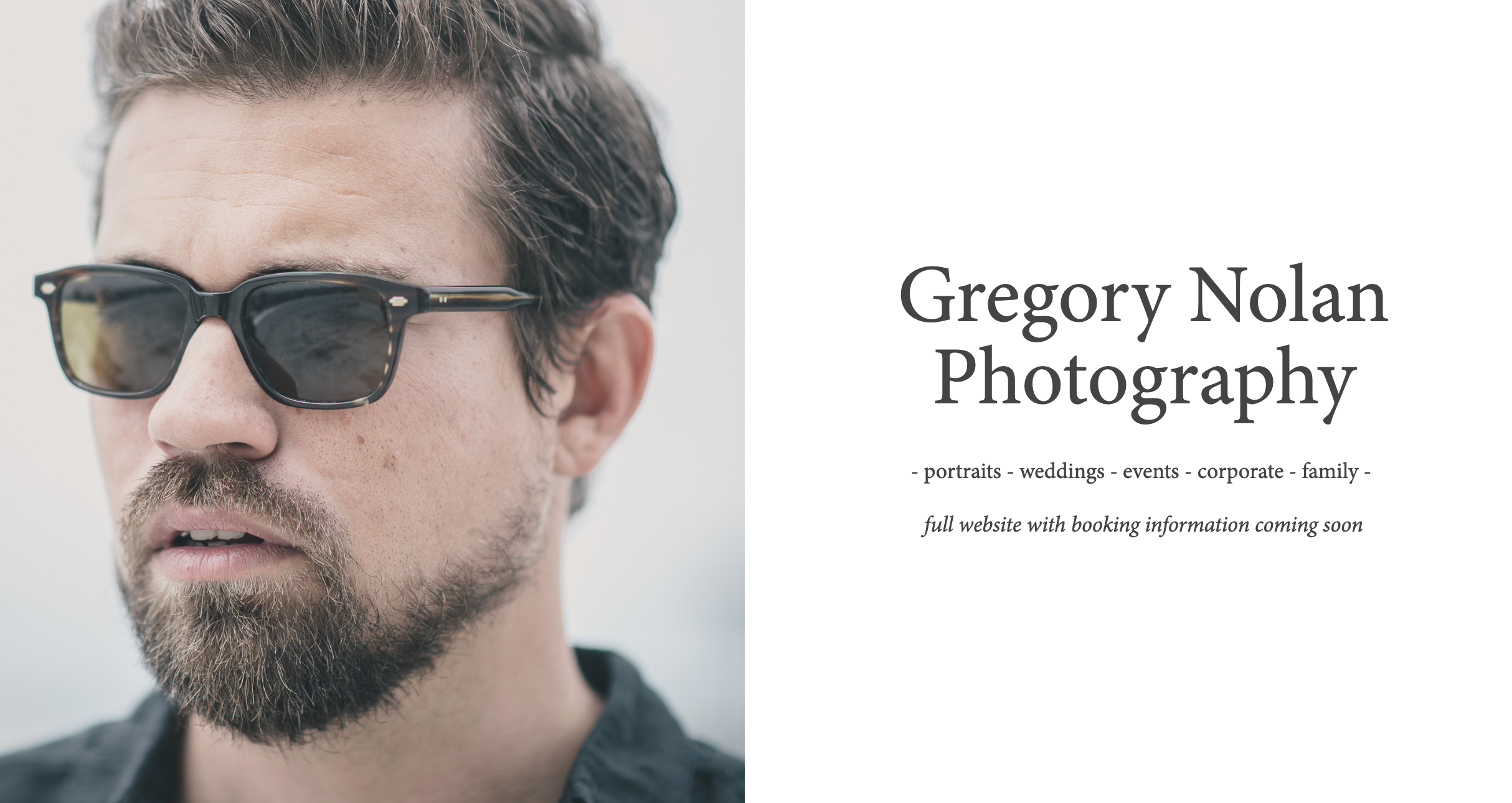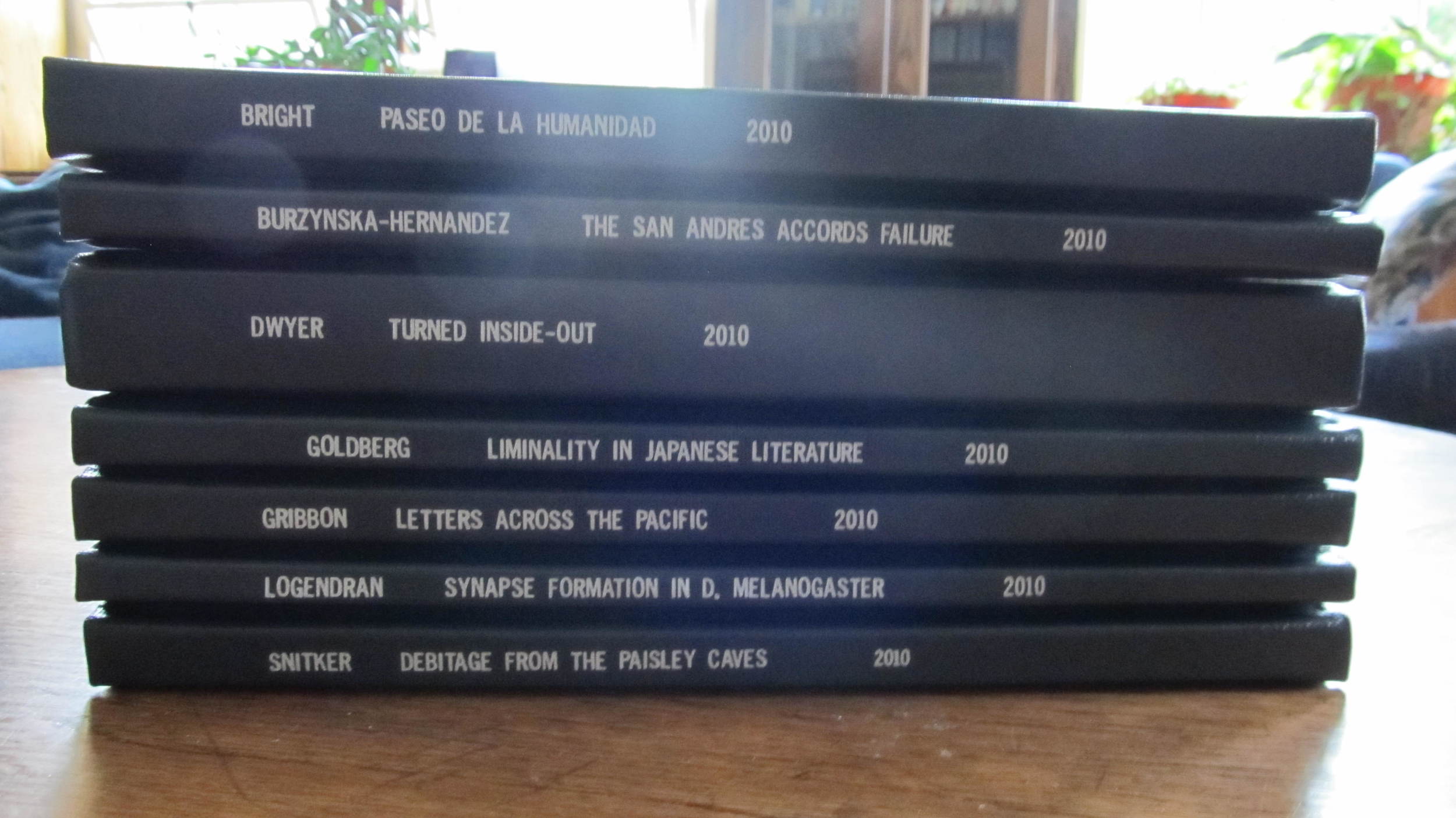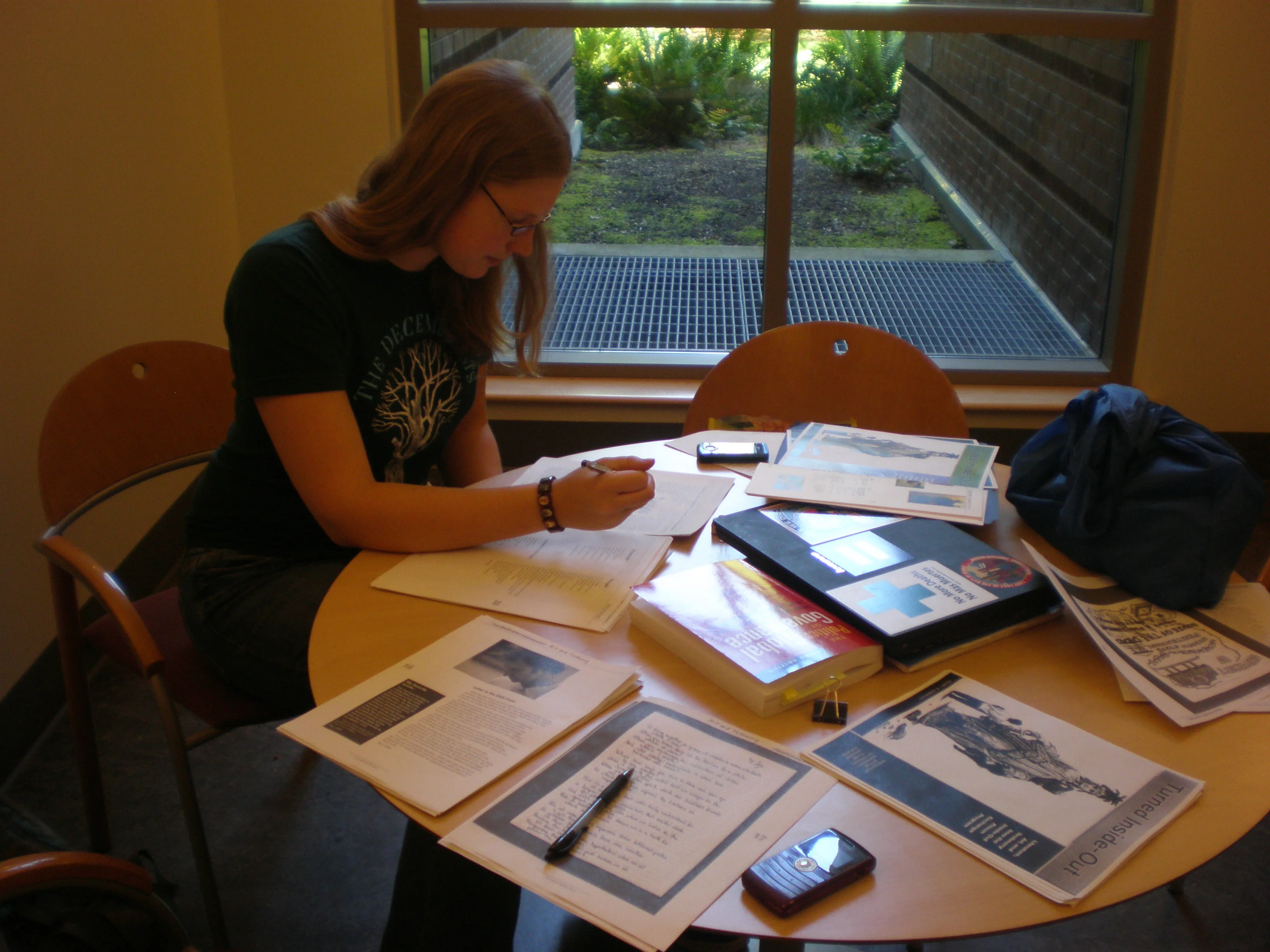The Nun and the Rockstar: Lessons in Captivating an Audience
/Public speaking is one of the top-listed phobias out there. It is a stumbling block for so many, often starting with those terrifying front-of-the-classroom presentations in early elementary school and continuing on into adulthood. And yet we all know the power of a well-crafted speech, and the impact a strong speaker can have on an audience. We have witnessed this in classrooms, in politics, in rallies, and in those stirring calls to action in blockbuster films.
We can take inspiration from witnessing the methods employed by the greats. Hence the mysterious title, the nun and the rockstar. Stick with me.
I was relatively comfortable with public speaking while growing up. Aside from spelling bees (my absolute definition of a nightmare), I was generally an outspoken and self-confident kid. But high school took a serious toll on my presence of mind while in front of a crowd. I could happily speak my piece from the safety of my desk in a classroom, but ask me to get up for a presentation and I turned to a puddle of desperation and clammy confusion.
I had to re-learn public speaking as a college student. I wanted to be the kind of person who could speak boldly and persuasively about the things I care about. I didn’t want to sink into a panic during an in-class presentation and I had my eye on bigger opportunities as well. Many of the people I admired were great public speakers. From the professors I most enjoyed learning from to the various keynote presentations at on-campus events: I was surrounded by evidence of the power of public speaking. So I started to pay attention to what successful speakers did, and to try to develop those skills. I started feeling more confident in small groups and gradually began to find my voice and volunteer for more prominent speaking roles in class presentations and in events for the organizations I was part of. I started learning the craft.
But transformation in this area comes from close study of greatness. It comes from being a spellbound audience member. It comes from witnessing a public speaker move an audience again and again and again.
Enter: The Nun.
Sister Helen Prejean was invited to give a series of lectures at the University of Oregon over a series of four years. Her subject was social justice and her message is her life’s work: to end the practice of the death penalty. The first time I saw her speak, she shared the experiences that were later turned into the film Dead Man Walking—her experience getting to know men on Death Row and serving as their spiritual adviser until the day she actually witnessed their execution. She is a powerful believer in redemption, and in challenging the idea that society is best served by killing those who commit crimes.
She is also hilarious.
Sister Helen Prejean
Because of my involvement in the Inside-Out Program and other work on campus, I was put in charge of Sister Helen’s visit. I worked with another student to arrange a week-long series of events across the campus and the broader off-campus community. We scheduled her for a massive event with 500 people in attendance, but also to speak in campus seminars, local churches, community organizations, and more. That first week I probably saw her speak in front ten different groups, telling her story and relaying her message over and over.
I was spellbound. Unlike Susan Sarandon’s portrayal in Dead Man Walking, the Sister Helen I witnessed working crowds that week is a deeply funny individual. She comes from Louisiana and has a thick accent and a tendency to tell Cajun jokes. She knows how emotional and complicated her topic is. She knows how passionately people feel about the subject, and how difficult it can be for people to actually examine their beliefs to articulate why they believe what they believe.
She tells stories, and shares her own journey. She offers statistics and legal jargon, but in support of a compassionate and intimate presentation that feels more like a dialogue than a diatribe.
And while her stories remained the same, the pace and style of her delivery changed to match her audiences. She assumed a different starting place and offered different anecdotes for high school students than for church groups or graduate students in a conflict resolution program. She addressed dissenting viewpoints and audience questions and critiques with compassion and honesty.
I have now seen Sister Helen speak over thirty times. It has been an honor and a point of interest every single time, and has transformed how I myself speak in front of an audience.
And now: The Rockstar
Through a series of odd and unanticipated events, I have found myself to be a regular concert attendee. I have always loved music and truly love live shows. But it was not my intention to ever follow one particular band, or to get sucked into the music scene.
But sometimes life surprises you, and that’s how I’m able to make this link between live speaking and the kind of performance an artist gives at a live concert.
I first saw Frank Turner at a tiny pub show in Eugene in 2012. I have now seen Frank perform about twenty times, from venues ranging to about 80 people all the way to a massive arena show of 10,000+ in London last month. I’ve seen him perform with his band, the Sleeping Souls, and in solo performances. I’ve seen him as the main event, as well as opening for crowds who don’t know his name and are dying to get to the Dropkick Murphys and are generally uninterested in this English folk/punk singer guy with his acoustic guitar and occasional references to Russian novelists.
Anyway. The point of all of this is that, like my experience with Sister Helen, my attendance at these shows has allowed me to witness a true master of engaging with an audience. I once watched Frank perform five times in four days, and as he introduced the same songs with the same jokes or anecdotes, he connected with the audience every time. It always felt honest and intimate. His brilliance as a performer is in making that connection over and over again, bringing the audience into the experience right along with him. It’s an art form, and is truly something to witness that way.
Plus the music is great. There’s always that extra something.
Frank Turner and the Sleeping Souls. Photo by Gregory Nolan. Used by permission.
What I learned
Here are the three most essential points I took from these unconventional lessons in public speaking:
- Share yourself and your story. Be honest, open, and friendly.
- Be funny, or at least don’t take yourself too seriously.
- Create an inclusive atmosphere. Welcome people who might see things differently.
Also, inviting the audience to play “air harmonica” seems to work wonders.
Please share your public speaking stories, thoughts, experiences, or any other comments. I'd love to hear what you think!





















